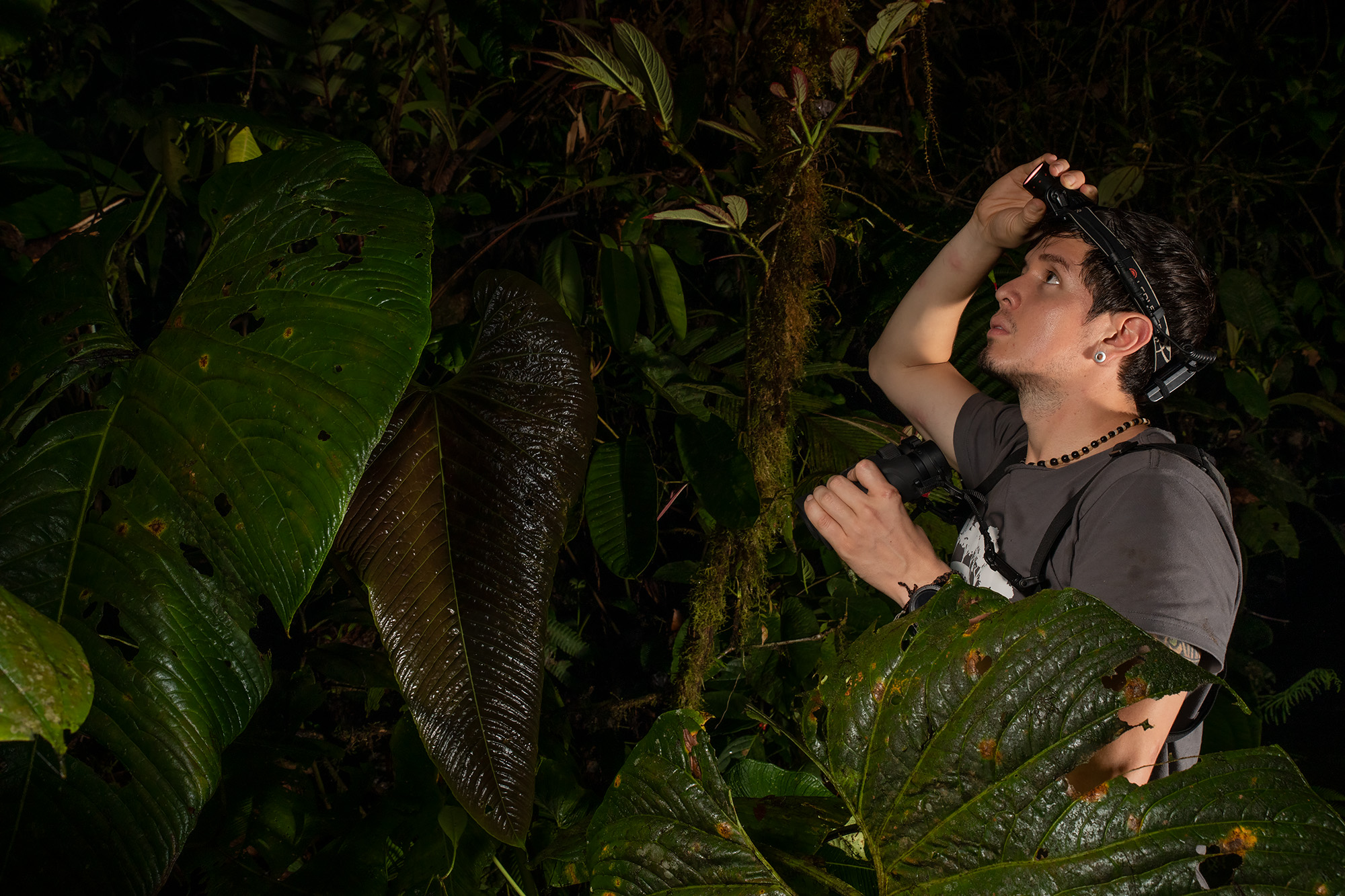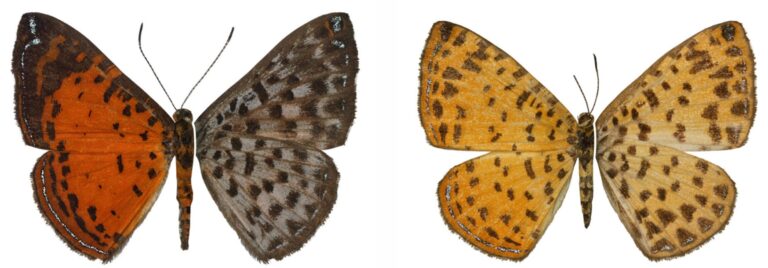New Butterfly Species Discovered in Ecuador’s Mashpi Reserve
A remarkable addition to Ecuador’s biodiversity has been unveiled with a new butterfly species discovered in the Andean Chocó region, nestled within the pristine confines of the 2,800-hectare private Mashpi-Tayra reserve. This region, renowned for its unparalleled biodiversity, faces looming threats from human encroachment and emphasizes the urgency of conservation on this Earth Day.
Mashpi’s tally of newly discovered animals and plant species reaches 19
This new butterfly species was described for science for the first time thanks to Mashpi Lodge’s Research and Biology team and its scientific allies — bringing the total of new species identified within the reserve to 19. Named in homage to its initial discovery site in the Cana village of southern Panama, Argyrogrammana cana, this diminutive butterfly, measuring a mere 14 to 15 millimeters, offers insights into the intricacies of its ecosystem. While initially documented in Panama, its subsequent identification and capture in Mashpi-Tayra Reserve provided researchers with a unique opportunity to compare the specimens and successfully conclude that it is, in fact, a new species.

Anderson Medina, Mashpi’s parabiologist
Led by esteemed entomologists Keith Willmott and Jason Hall from the University of Florida and the Smithsonian Institution respectively, alongside the diligent monitoring efforts of parabiologist Anderson Medina within the reserve, the discovery sheds light on the behavioral nuances of Argyrogrammana cana. Males exhibit territorial behavior, perching atop select leaves in the treetops and engaging in skirmishes to assert dominance and look for females. According to Willmott, this behavior occurs because of species’ low abundance in the forests, thus increasing the probability that males and females will find each other.
Left: male specimen of A. cana. Right: female (Photo: Hall & Willmot 2023)

The discovery was made possible by Mashpi Lodge’s Butterfly Monitoring Program, which has been carried out by the Research and Biology team since 2017. Designed by Willmott from the University of Florida, the program was initially crafted to document the diverse species within the Mashpi-Tayra Reserve area, meticulously examining factors such as altitude, forest stratum, and type of bait. The program was monitored monthly for the first two years and is now monitored less frequently as part of ongoing, long-term field research. These studies are crucial for understanding patterns and changes that occur in ecosystems.

Chiara Correa, Mashpi’s Resident Biologist
Without Mashpi Lodge’s foresight, investment, and support, these delightful discoveries of new species would not have been possible. Each new scientific description enriches our understanding of the natural world.
This Earth Day, Mashpi Lodge recognizes the significance of such discoveries, underscoring the delicate balance between human activities and preserving the planet’s rich tapestry of life.
